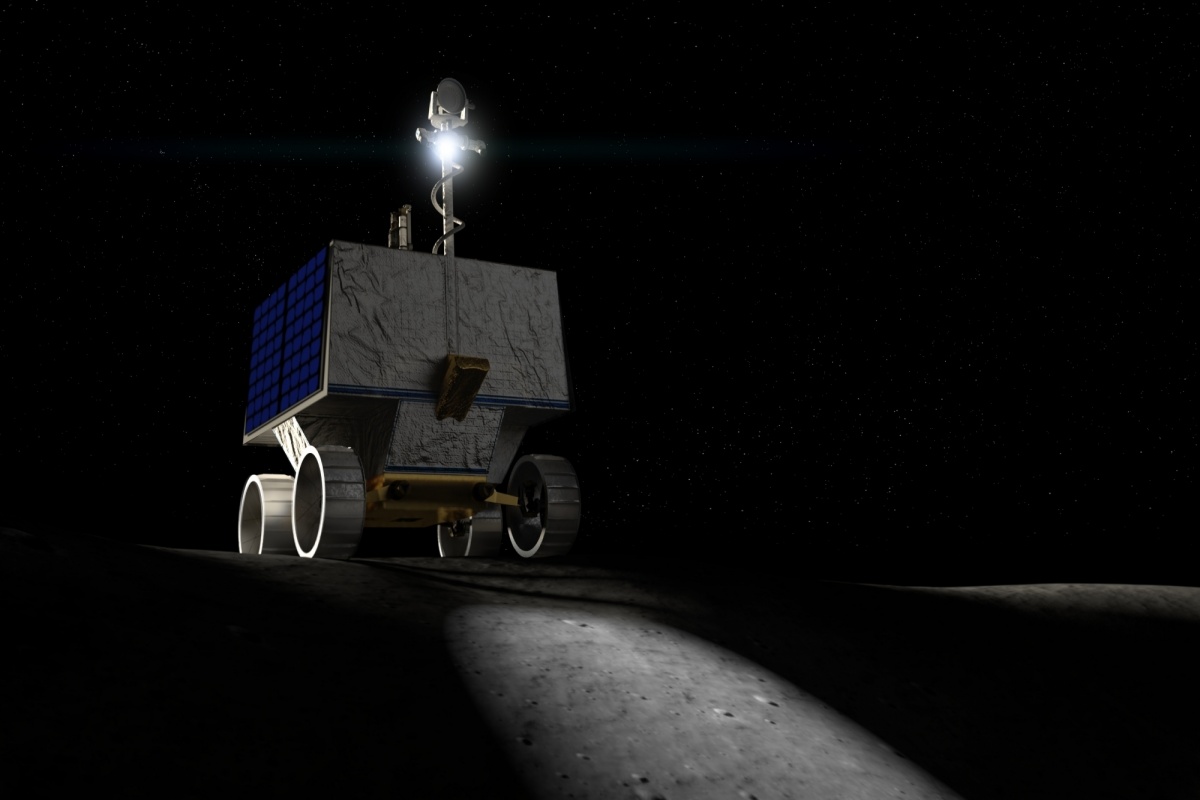An Indian will land on Moon’s surface in 2040: Jitendra Singh
Dr Jitendra Singh highlighted the historic landing of Chandrayaan-3 on the Moon's South Pole, a feat that astonished the world and established India as a leader in space exploration.
“The data received from VIPER has the potential to aid our scientists in determining precise locations and concentrations of ice on the Moon and will help us evaluate the environment and potential resources at the lunar south pole in preparation for Artemis astronauts,”

NASA rover to search for water, other resources on moon in 2023
The US space agency has announced its first mobile robot to the Moon in late 2023 in search of ice and other resources on and below the lunar surface.
As part of the Artemis programme, data from the Volatiles Investigating Polar Exploration Rover (VIPER) would help the scientists map resources at the lunar South Pole that could one day be harvested for long-term human exploration at the Moon, the agency said in a statement late on Friday.
Advertisement
“The data received from VIPER has the potential to aid our scientists in determining precise locations and concentrations of ice on the Moon and will help us evaluate the environment and potential resources at the lunar south pole in preparation for Artemis astronauts,” said Lori Glaze, director for NASA’s Planetary Science Division at the agency’s headquarters in Washington, DC.
Advertisement
“This is yet another example of how robotic science missions and human exploration go hand in hand, and why both are necessary as we prepare to establish a sustainable presence on the Moon,” Glaze added.
The rover will explore lunar craters using a specialised set of wheels and suspension system to cover a variety of inclines and soil types. T
he rover’s design significantly enhances upon a former robotic concept to prospect the Moon called Resource Prospector, which NASA canceled in early 2018.
Since then, the VIPER mission duration was extended from one to three lunar days (100 Earth days). VIPER has evolved to increase its science capabilities, enabling more data collection at the lunar surface, NASA said.
Running on solar power, VIPER will need to quickly manoeuvre around the extreme swings in light and dark at the lunar South Pole.
“VIPER will be the most capable robot NASA has ever sent to the lunar surface and allow us to explore parts of the Moon we’ve never seen” said Sarah Noble, programme scientist for VIPER at NASA Headquarters.
Throughout the Artemis programme, NASA will send robots and humans to explore more of the Moon than ever before.
When astronauts return to the lunar surface for the first time since 1972, they will follow in VIPER’s wheel prints and land at the lunar South Pole.
“That mission will include landing the first woman on the Moon. She will be one of two crew members paving the way for sustainable lunar exploration missions with crew,” NASA said.
Advertisement